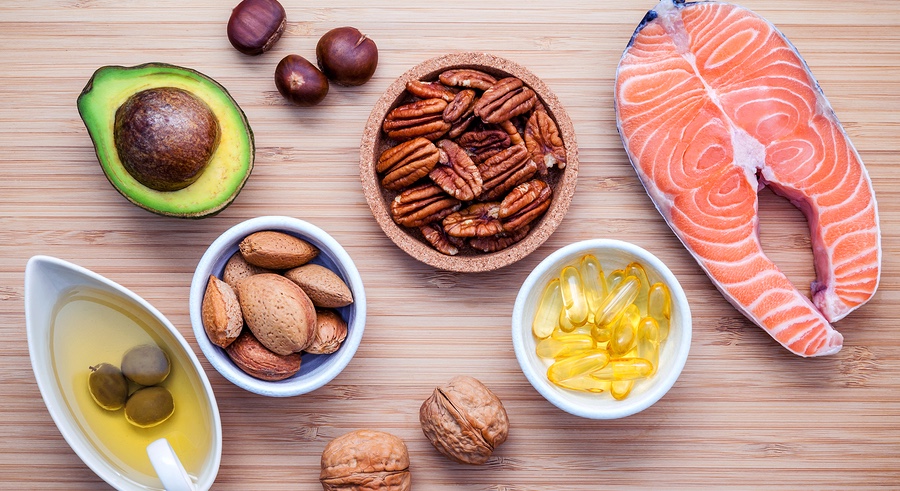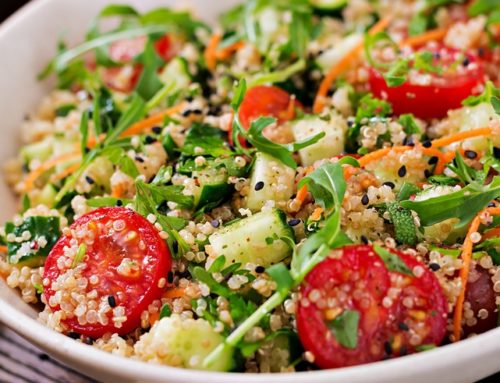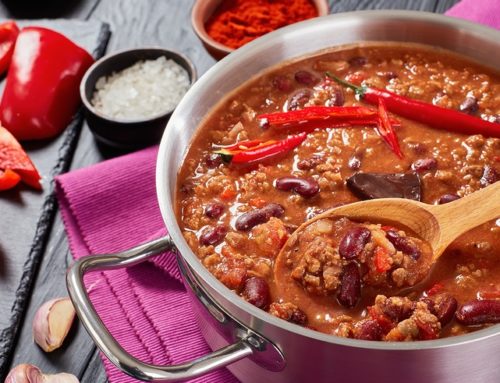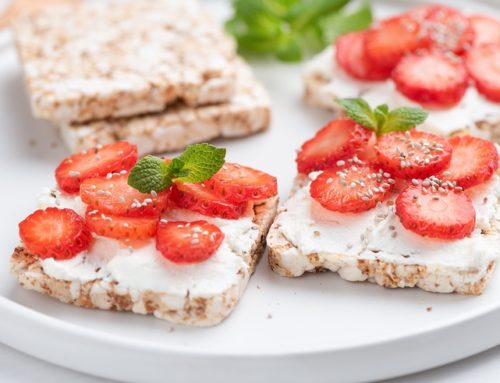Are you getting enough Omega-3 fatty acids? It’s a fair question, because these valuable nutrients can be difficult to find. But, seeking out ways to get them into your daily diet is worth it. Omega-3 fatty acids have some pretty impressive health benefits, both in reducing health risks, and keeping your brain and body young. Let’s review some of the most important functions of omega-3 fats, and easy ways to add them into your diet.
What Are Omega-3 Fatty Acids?
As the name suggests, Omega-3 fats are a type of unsaturated dietary fat. It’s important to keep in mind that there are a few different forms: Eicosapentaenoic acid (EPA) and docosahexaenoic acid (DHA) come primarily from marine sources, while Alpha-linolenic acids (ALA) are found in plant foods. Unlike other fats, the human body cannot make omega-3’s itself. For this reason, they can only be obtained through the diet, and are considered ‘essential fatty acids’, or EFA’s.
What Are The Benefits of Consuming them?
The strongest evidence in the extensive research on Omega-3s points to a reduced risk of heart disease with adequate intake. Omega-3 fats help to keep our heart rate steady and blood pressure normal, as well as reduce triglyceride levels and blood vessel inflammation(1).
Omega-3 fats can also help reduce pain and stiffness in people with arthritis (2). For those with mental health conditions, including depression and anxiety, omega-3 supplementation seems to improve symptoms(3). Omega-3 fats may also benefit to the skin by slowing premature aging, and keeping the skin well hydrated(4).
Omega-3 Meal Plan
So, we know Omega-3 fats are important to health, but where do we find them? Marine sources are the best place to find the valuable EPA and DHA forms, including fish and other seafood, as well as some algae. The more common ALA form is found in plants including flaxseed, vegetable oils, including canola oil, and walnuts. Additionally, many foods are now supplemented with Omega-3 fats, making it a bit easier to consume adequate amounts.
Take a peek at our sample day below, for examples of Omega-3 rich meals:
- Breakfast: 2-egg omelette (using ALA/DHA supplemented eggs) with vegetables and low-fat cheese
- Lunch: Salad greens topped with tuna salad, cranberries, and walnuts
- Snack: Flax crackers with hummus
- Supper: Broiled salmon, brown rice pilaf, and green beans
When planning your meals, try to include both forms of Omega-3, EPA/DHA, as well as the ALA. For more recipes and fatty-acid focused inspiration, check out the media library.





